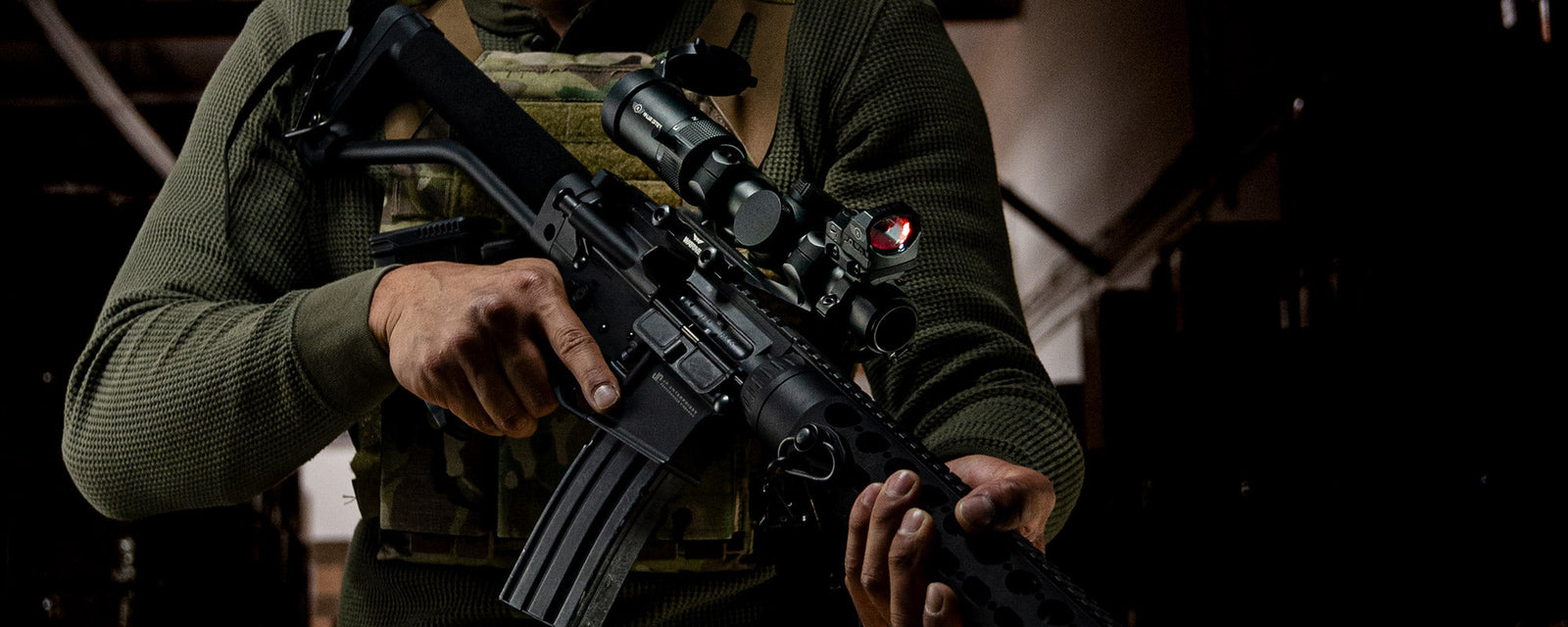While some may remember Charles Willson Peale as a painter of more than 1,100 portraits - many of American Revolutionary figures living at the time - and as the founder of the first major museum in the newly-formed United States, I like to remember him for his contribution to the understanding of eye relief.
For roughly a hundred and fifty years after the invention of the first telescope, they were used for exactly what the name described. Hans Lippershey filed a patent in 1608 in the Netherlands, for his instrument "for seeing things far away as if they were nearby". Telescopes flourished across Europe immediately, and competing patents were filed within weeks. Lippershey’s original design had only 3X magnification. Chromatic aberration, distortions, cloudy glass, and more problems proliferated the early models.
Just a year after this patent, Galileo himself would hear of the strange ‘Dutch perspective glass.’ He took the idea home and worked on it, eventually building a 23X telescope and securing a doubled salary for his now guaranteed lectureship position.
However, it wasn’t until the first day of 1776 that a sometimes-inventor named Charles Willson Peale would make the leap from ‘looking at something far away’ to ‘sending something that way.’ Working alongside David Rittenhouse, a prominent astronomer, Peale set out to point telescopes at less heavenly targets. (As an aside - 4 years later, Rittenhouse would invent spider silk crosshair reticles, originally for use in telescopes. Peale’s original ‘scope’ had no crosshairs.)
Peale kept a journal, currently held at the American Philosophical Society in Philadelphia, of which Peale and Rittenhouse were both members. Here are the recountings from his journal:
December 27, 1775, “bought a set of gun mountings 9/.”
January 1, 1776, “attended Mr. Rittenhouse all Day about a Riffle with a Tellescope to it.”
January 2, “Ditto.”
January 3, “Bought a Gun Lock 22/6 I found it faulty & offered the Man 2/6 to take it back but he would not. I bought another at 40/.”
January 5, “a set of Loop to hang up a Gun 6/6, spent in attending & working about my riffle. Threatened to complain to the committee [this would be the Committee of Safety] of Henry ——– who had taken an extortionate price for the Gun Lock on Wednesday last.”
January 6, “attending the man stockg sd. Gun.”
January 8, “still attendg about my Gun.”
January 9, “pd for stockg my riffle 22/6 to Mr. Williss.”
January 10, “Attnd Mr. Palmer & Mr. Rittenhouse about sd G-n.”
January 11, “pd. Mr. Palmer for a Riffle Barrel 3=10.0 Bullit moulds 3/9 a screw wiper [attachment for ramrod to hold cleaning patch] 1/3 – finished the Riffle this morng: Shot her afternoon in the Stadt House [State House] yard, not quite Sighted.
January 12, “put a sight to my Gun.”
January 13, “Paid Joseph (Mr. Rittenhouse’s Journeyman) for makg Box, Loops &c. for my riffle 15/…finish a charger [container to hold a single predetermined measure of powder] to load with, go out with Mr. Rittenhouse to shot, the Brich Box [patch box] opened & I lost all my Bullits & wiper.”
January 16, “Cleaned my Gun, am very Idle”
February 4, “made a shot-Bag.”
February 5, “spent in trying to sight my Riffle.”
February 6, “ditto.”
February 7, “ditto.”
February 8, “ditto.”
February 9, “making piece with springs to prevent the Eye being hurt by the kicking of the Gun.”
February 10, “ditto. in soldering hard solder use chalk to prevent an old place undoing.”
February 11, “ditto.”
February 16, “shoting the Riffle.”
February 19, “shot several times in a small piece of Papier at 100 yds. distance.”
February 27, “shooting with Riffle.”
February 29, “went to see Mr. Rittenhouse who tells me he has often heard Rifflemen say, that when they shot large loads, they could never shoot true, if so, Mr. Rittenhouse accounts for it in the Manner, that the air suddenly pressed together till it will not go closer, the Ball glances off in another direction, as in the instance of Lighting flying so very crucked, which goes strait in a Vacuum.”
March 2, “shot my riffle in the Stadt House yard, left the Barrel & Lock at Mr. Palmer’s.”
Peale was among the first to struggle through many of the distance shooting problems that technology has tried to make easier (or more precise). He had to contend with hand-loaded rounds, a tedious enough art form on its own. He tried to get sighted in at 100 yards on a paper target. He packed his range bag and rushed off to shoot, then dropped all his bullets. On top of that, he tried to sight in the rifle for 4 days… while suffering from scope bite likely on every shot. On the fifth day he started working on a spring mechanism to blunt the force of the scope.
Fortunately for us, time and invention have interceded. We now have proper eye relief.
---
For more articles on the history of scopes, take a peek at:





Leave a comment (all fields required)